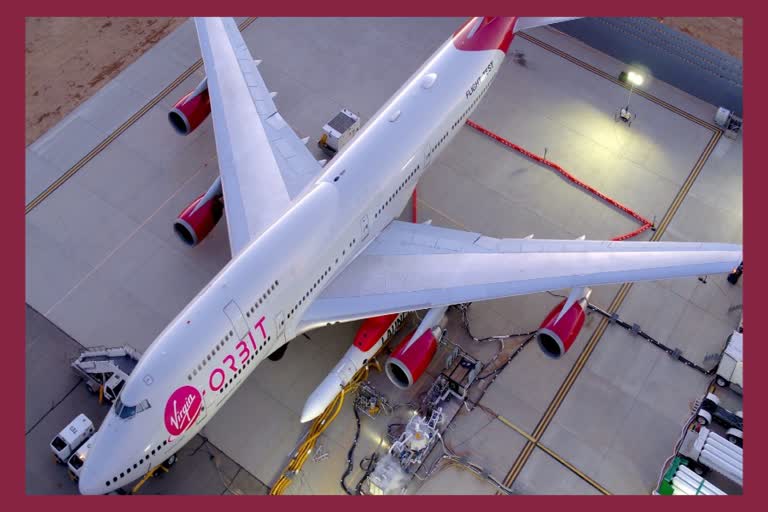San Francisco: "It was so inspiring to see our specially adapted Virgin Atlantic 747, Cosmic Girl, send the LauncherOne rocket soaring into orbit. This magnificent flight is the culmination of many years of hard work and will also unleash a whole new generation of innovators on the path to orbit," said Sir Branson.
Virgin Orbit's novel launch system uses a technique called air launch, in which a rocket is launched from under the wing of a jet aircraft, rather than from a traditional launch pad on the ground.
In addition to improving the payload capacity of the rocket, this technique allows the LauncherOne system to be the world's most flexible and responsive launch service -- flying on short notice and from a wide variety of locations to access any orbit.
Virgin Orbit's carrier aircraft took off from Mojave Air and Space Port and flew out to a launch site over the Pacific Ocean, about 50 miles south of the Channel Islands.
After a smooth release from the aircraft, the two-stage rocket ignited and powered itself to orbit.
At the conclusion of the flight, the LauncherOne rocket deployed 10 CubeSats into the team's precise target orbit, marking a major step forward for Virgin Orbit in its quest to bust down the barriers preventing affordable and responsive access to space.
The flight also marks a historical first: no other orbital-class, air-launched, liquid-fueled rocket had successfully reached space before this day.
"A new gateway to space has just sprung open! Even in the face of a global pandemic, we've maintained a laser focus on fully demonstrating every element of this revolutionary launch system. That effort paid off today with a beautifully executed mission, and we couldn't be happier," Virgin Orbit CEO Dan Hart said in a statement.
With this successful demonstration in the books, Virgin Orbit will officially transition into commercial service for its next mission.
"Congratulations to the @Virgin_Orbit team! A great achievement!" Tweeted Jim Bridenstine, NASA Administrator.
Nearly all of the NASA CubeSat missions were designed, built, and tested by universities across the US, including Brigham Young University (PICS), the University of Michigan (MiTEE), and the University of Louisiana at Lafayette (CAPE-3).
Also Read: WhatsApp's New Privacy Policy 2021



